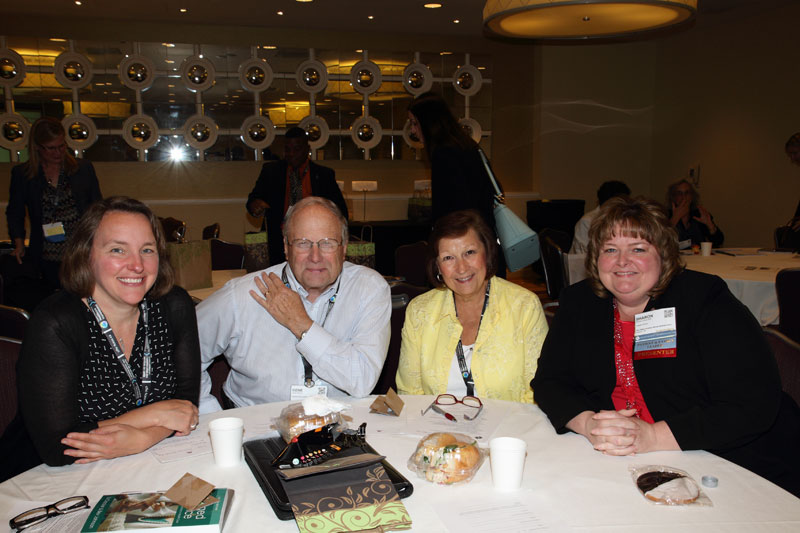Effective Advisory Council Collaborations: Enhancing the Impact of the ORIEN Research Protocol

Ohio State University Wexner Medical Center (OSU) is a large public urban academic medical center that offers patients the latest in care, research and technology. OSU Wexner Medical Center is a major referral center for patients from Ohio and throughout the Midwest. Ohio State’s University Hospital is consistently recognized as one of America’s Best Hospitals by U.S. New & World Report.
OSU Wexner Medical Center has a long-standing history of advisor engagement. The Patient/Family Experience Advisor Program has 150+ Advisors who participate on Patient Family Advisory Councils, speak at orientation and on patient panels, and serve as members of hospital committees. OSU has five highly functioning PFACs as well an online e-Advisor panel with 450 members. OSU’s PFAC, however, was new to research engagement projects.
As a Project Site for Creating Capacity for Sustainable Partnerships with Patients and Families in Research, a collaborative process of designing an intervention studying the use of portal access to the electronic medical record while patients are in the hospital, was designed to improve the inpatient engagement and experience. High Touch and High Tech (HT2) was developed as a randomized controlled trial to compare two levels of technology (Tech) and two ways of training patients to use it (Touch) to see whether it impacts patients’ confidence in managing chronic conditions and satisfaction with care.
An HT2 Intervention Working Group (IWG), comprised of five patient advisors and members of the research team, was formed. Members worked together to design relevant intervention components including the following:
- In-person training session on how to use the tablet issued during an inpatient stay and patient portal,
- Instructional video provided with the tablet portal, and
- In-person training related to available hospital services which serves as a control arm in the study.
Advisors gave a tremendous amount of input including developing scripts and helping to think through how to recruit and train volunteers who are providing the intervention. Future work will include collaborative analysis of study data and discussion of dissemination of results.
Throughout the collaboration, PFAC members and researchers realized the importance of providing appropriate orientation to the research study to ensure a common understanding of the goals, understanding the role of advisors and as it applies to participation on research committees, and leveraging the existing advisor infrastructure to facilitate patient/researcher partnerships.
Team members included:
- Sharon Cross, LISW-S
- Cynthia Sieck, PhD, MPH, BS
- Gene Parkison, Patient Advisor
- Carol Parkison, Patient Advisor